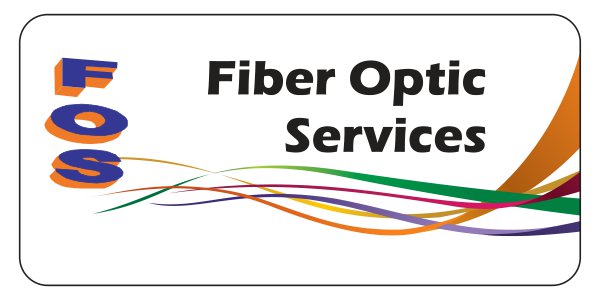A Short History of the CaliBall™ and the Random Ball Test
Back in the late 1990’s NIST had a number of firms that wanted to send their interferometer transmission spheres there for calibration but NIST was not in this sort of calibration business. While I was at NIST consulting for Chris Evans in the Precision Machining Facility we thought of the idea of a self-calibration test for transmission spheres that was a spherical analog of the plane surface test(1) used to self-calibrate interferometric surface roughness testing microscopes. We called our method the Random Ball Test (RBT). It relied on averaging multiple interferograms of random patches of a precisely polished ball. The test worked as expected and we published the results in a fairly obscure meetings proceedings(2).
While the RBT worked as we expected and provided the desired method of self-calibration, it was not a practical method because it used a ball made of black filter glass that was rather soft and easily damaged. The glass had to be opaque to eliminate a coherent reflection from the far side of the ball. Another ball was made of harder, transparent glass where a small hole was drilled through the center of the ball to block this reflection but this made the ball more expensive and the surface not completely random. The idea was left as an interesting exercise that solved a serious calibration problem but had little practical value.
About 5 years later I became aware of commercially available, precision silicon nitride balls and these made it look like the RBT could be commercialized. The CaliBall™ was first marketed in 2005 and well over 300 have sold since then. The 1” diameter, Grade 5, silicon nitride ball is extremely hard and tough, has a reflectivity of about 11%, a good compromise for use with both uncoated and highly reflective transmission spheres, and resists stains and finger prints much better than steel balls. Further, the SiN balls do not dent as some steel balls do with mishandling.
In the random ball test the ball artifact, sitting on a kinematic support of 3 hard points, is placed so its center is at the focus of the transmission sphere to be calibrated. The ball surface facing the transmission sphere acts as a convex mirror whose center of curvature is at the transmission sphere focus. An interferogram is taken and the resulting contour map is saved. The ball is removed from its kinematic support, arbitrarily rotated and replaced on the support. Another interferogram is taken and averaged with the first. This process is repeated a number of times although about 10 times is enough to get a good idea of the errors in the transmission sphere as can be seen from this paper with typical examples(3).
The question then comes up, how good is the RBT? For one, it should not be used to calibrate slow transmission spheres; diffractions effects start to creep in around f/7 or slower that compromise the results. On the other hand, for faster transmission spheres rather extensive tests were run at CSIRO by Jan Burke. In a paper(4) covering not only the RBT but several other self-calibration methods for transmission spheres, Burke comes to the conclusion that the RBT gives the most precise and consistent results of all methods tried, but that the RBT is somewhat tedious due to having to move and replace the ball between interferograms. This seems a small price to pay for a robust calibration method that takes but a few minutes to perform.
1 Creath, K. and Wyant, J. C., “Absolute measurement of surface roughness”, Appl. Optics, 29, 3823–7 (1990).
2 Parks, R. E., Evans, C. and Shao, L., “Calibration of interferometer transmission spheres”, OSA, Technical Digest Series, Optical Fabrication and Testing, Hawaii (1999).
3 W. Cai, D. W. Kim, P. Zhou, R. E. Parks, and J. H. Burge, “Interferometer Calibration Using the Random Ball Test,” in International Optical Design Conference and Optical Fabrication and Testing , OSA Technical Digest (CD) (Optical Society of America, 2010), paper OMA7.
4 Jan Burke and David S. Wu, “Calibration of spherical reference surfaces for Fizeau interferometry: a comparative study of methods,” Appl. Opt.49, 6014–6023 (2010)
Optical Perspectives would be glad to send you any of these papers on request to info@optiper.com
All Asian Countries Except China

清 原 耕 輔 Kosuke Kiyohara
清原光学 営業部 Kiyohara Optics / Sales
+81-3-5918-8501
opg-sales@koptic.co.jp
Kiyohara Optics Inc.
3-28-10 Funado Itabashi-Ku Tokyo, Japan 174-0041
China

Langxin (Suzhou) Precision Optics Co., Ltd
1st floor, Building 10, Yisu Science and Technology Innovation Park, 100 meters west of the intersection of Xinhua Road and Weimeng Road, Kunshan City, Suzhou City, Jiangsu Province, 215345
Telephone: +860512-57284008
Contact: Wang Zengkun
+8617090133615
wangzengkun@langxinoptics.com
Copyright ©
Website by CS Design Studios
Headquarters: 7011 E Calle Tolosa, Tucson, AZ 85750
Laboratory: 1661 S Research Loop, Tucson, AZ 85710
